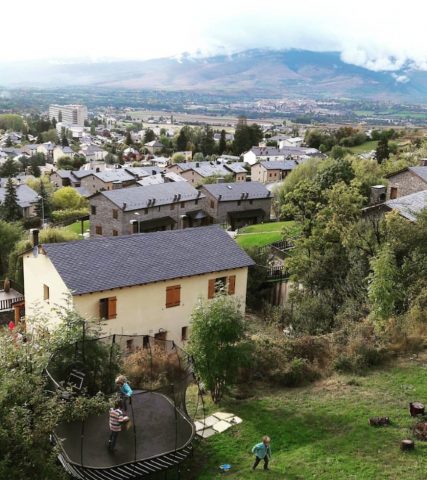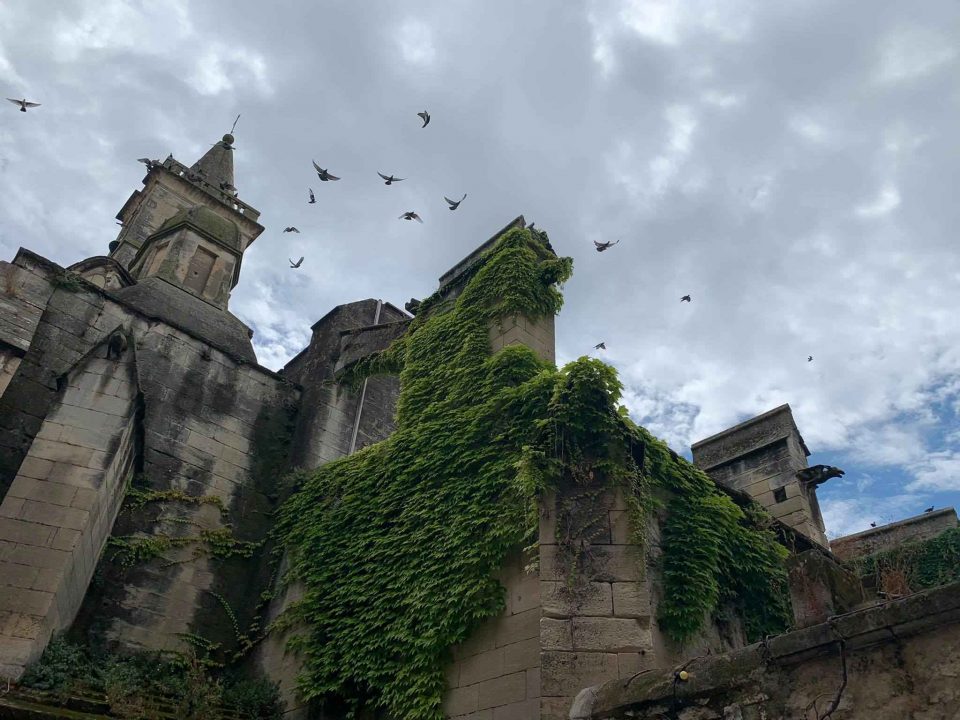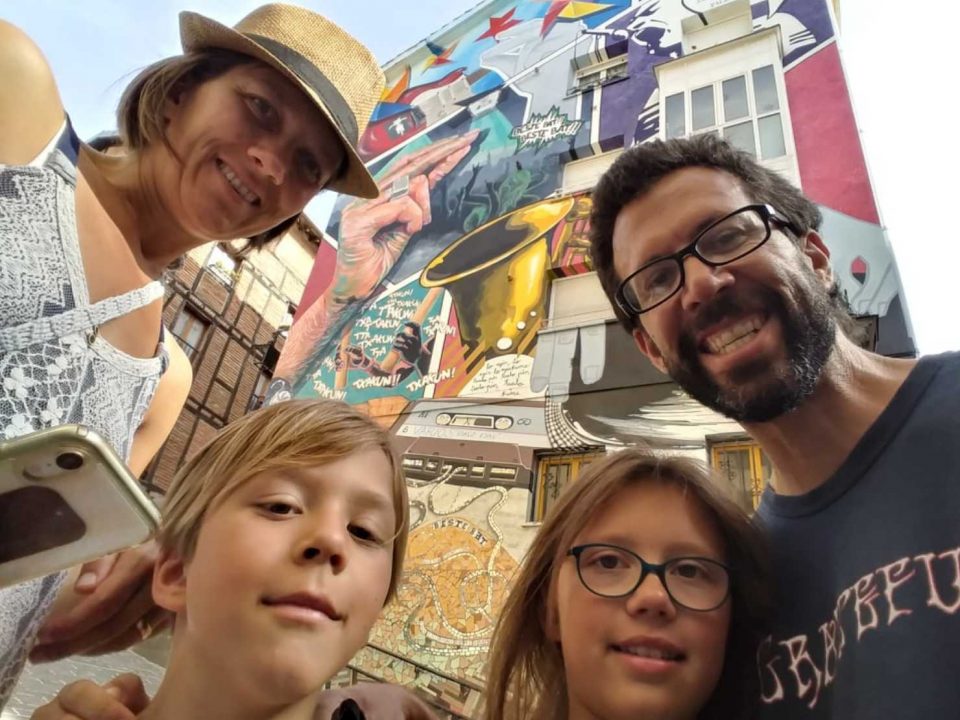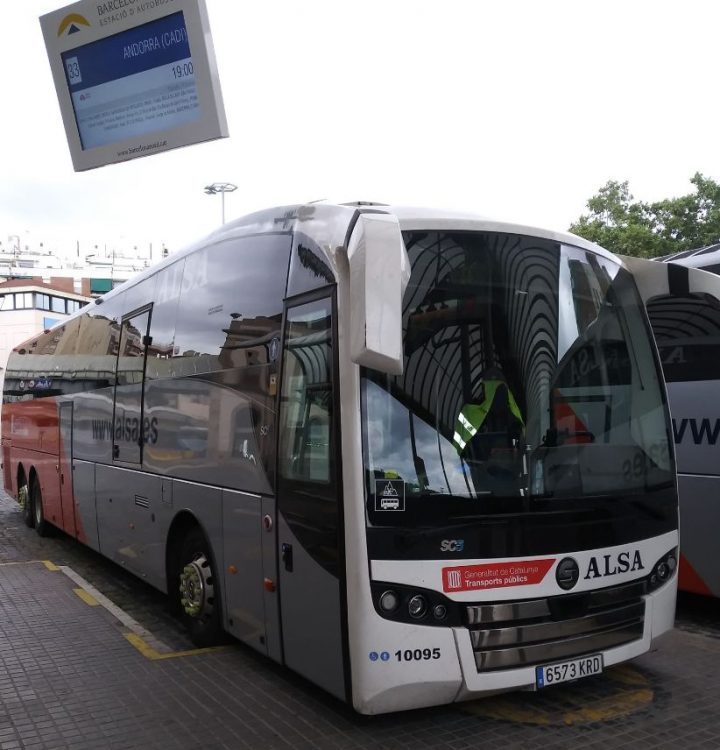
Eyes on the Pyrenees: Great elevations and high expectations
October 15, 2016
Situated in Cerdanya: On Top Of The World
November 3, 2016Perched high on a southwest facing slope in the French Pyrenees, overlooking the hamlet of Osseja and the valley of Cerdanya, our journey has reached a new plateau with a unique perspective. Our new hosts are headed to Canada, leaving us a short to-do list and a rare respite of solitude. Six months into our odyssey, we find ourselves with a little time on our hands and the gateway to Iberia spread out before our eyes.
More than just a sweeping vista, we now enjoy a special vantage point to reflect on our progress and look ahead at our prospects. If I’ve counted correctly, we’ve been to nine countries now. We’ve babysat for double twins in diapers, we’ve smuggled horse manure under electric fences, we’ve twice seen hail the size of ping-pong balls, we’ve sampled cheese in every color. We’ve been blessed, we’ve been banished, we’ve eaten snails in the moonlight.
And still we drift unanchored, in search of safe harbor, terra firma, arable land at rock bottom prices. In northwest Spain they are giving away villages and looking for settlers. The Portuguese coastline beckons us with its sunshine and its ashtanga retreat centers. Gazing from our balcony on the mountain, we can only gaze into the distance and fantasize over the landscape that lies ahead.
As we contemplate these matters—whether and whither to settle, and what to do with the rest of lives—we learn that our new workaway host, recently transplanted from Quebec, is actually a relocation specialist and consultant. She has spent the last 20 years helping people from all over the world relocate to Canada, and you can bet that she did her homework and her due diligence before relocating herself and her family to the little known yet idyllic town of Osseja.
Somewhat isolated on this Pyrenean plateau, a little like the neighboring nation of Andorra, the region of Cerdanya (or Cerdagne in French) takes great pride in its provincial history and identity. It’s been a few centuries since the lawmakers in remote Paris and Madrid agreed to draw an arbitrary line across the middle of the valley, separating Spain and France, but today it remains a melting pot of cultures where Spanish, French and Catalan languages mix like the flavors in a seafood paella.
In addition to breathtaking landscape, this region also enjoys some of the best weather on the continent, including 300 sunny days a year. Thanks to a practically impenetrable ridge of mountains surrounding the plateau, the clouds and precipitation are kept out, and the Cerdanya basks under blue skies encircled by snow-capped summits.
Still, despite the tranquil sense of mountainous isolation, the thriving metropolis of Barcelona and its bustling international airport are just a 13 euro train ride away. Furthermore, the region abounds with municipal services typical of a nurturing socialist government: well-staffed schools, numerous health clinics, a brand new hospital, access to an assortment of grocery stores offering the best of both French and Spanish provisions, and one outstanding bakery.
As you might expect, the mountains here offer plenty of diversions for tourists, but not too many tourists. Nestled in the crags and canyons are a number of historic fortified french cities. Outside the small towns, the hills are covered with dense forests accessible by countless walking trails. Higher up the mountains, skiers and winter sports enthusiasts can discover some of Europe’s cleanest snow and least crowded slopes.
All this is to say that Osseja and the Cerdanya plateau rank as one of the most livable locales in the world. At least our relocation expert found this to be the case. Her decision was colored by the fact that she grew up in Montreal, where she was raised with two mother tongues (French and English) and where the winters are notoriously long, dark and frigid. But even coming from California, we have looked high and low for things not to like about this place, and still we’ve come up empty handed.





